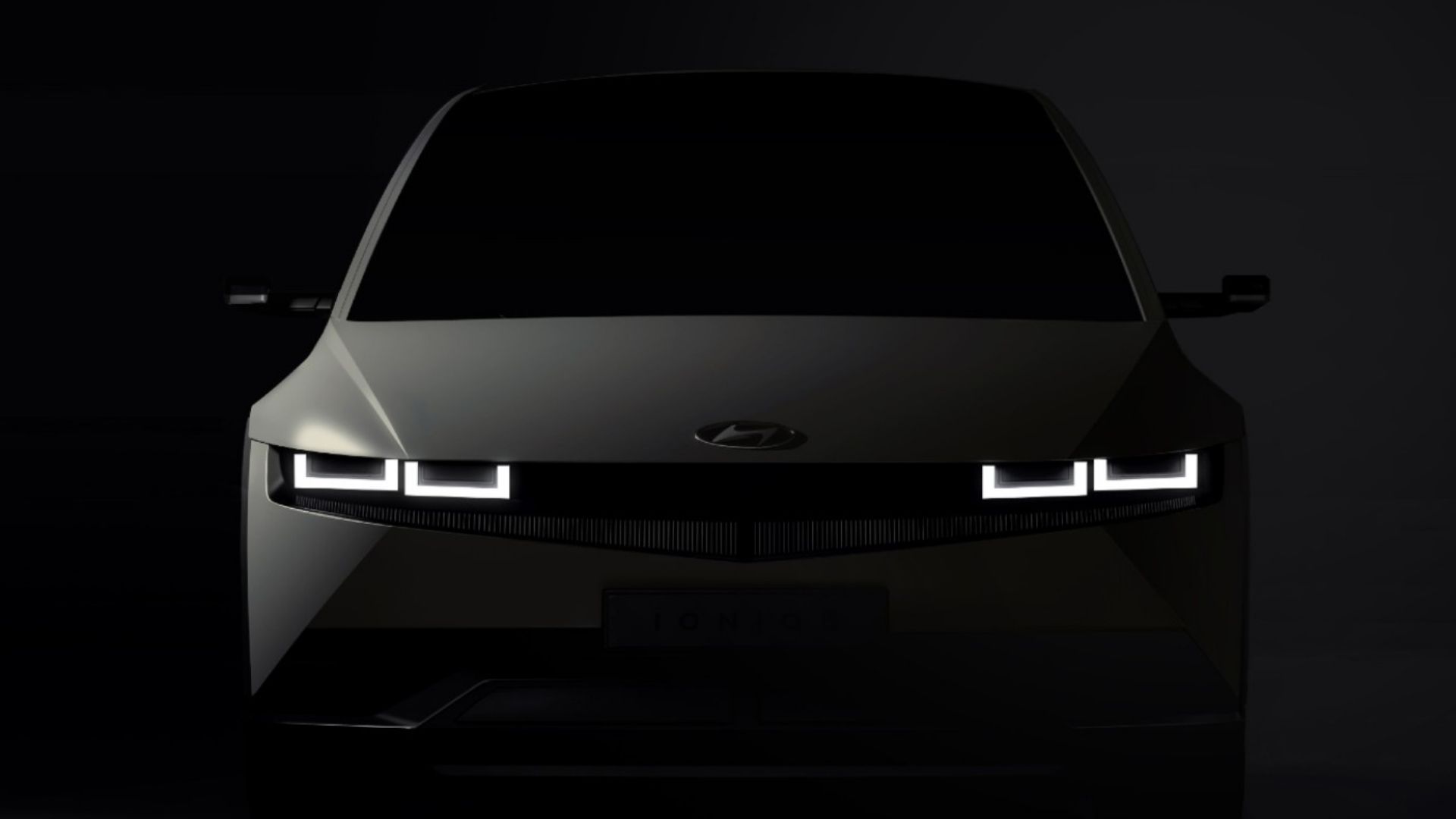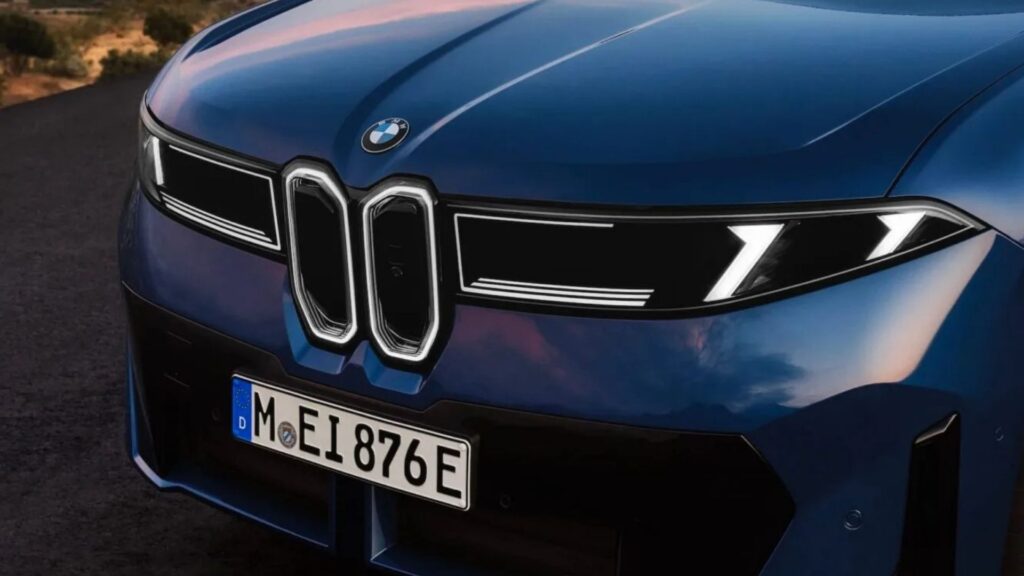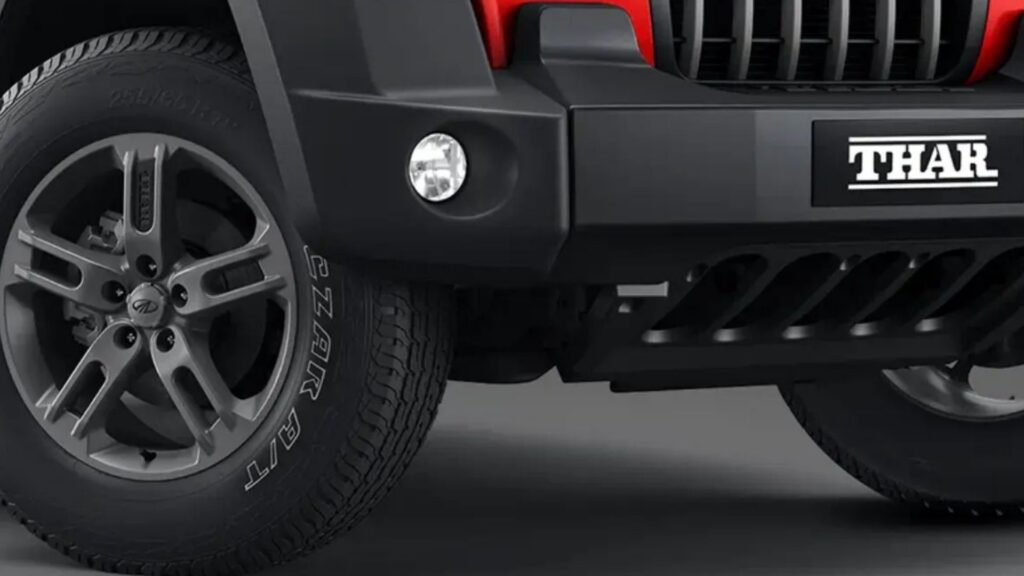Hyundai has lifted the curtain on its latest innovation, the Concept THREE, a compact EV that redefines what consumers can expect from an affordable electric hatchback. The model, officially previewed ahead of its debut at IAA Mobility 2025 in Munich, represents both a stylistic leap and a strategic move in the global EV race.
As the first glimpse of what will become the IONIQ 3, Concept THREE is positioned as a stylish, compact, and competitively priced EV. Early estimates place its starting price at around $33,700, a figure that places it squarely in competition with the upcoming Kia EV2 and within reach of the mass-market segment Tesla once promised but has yet to deliver.
Concept THREE and Its Significance

Hyundai has consistently pushed boundaries with its IONIQ lineup, but the Concept THREE signals an important expansion. Filling the gap between the tiny Hyundai Inster EV (also known as the Casper Electric) and the larger Kona Electric, the IONIQ 3 will serve buyers looking for something futuristic yet accessible.
The car is more than just another hatchback. It embodies Hyundai’s vision of mobility: bold design, efficiency, and affordability. With production planned for 2026 in Turkey, Concept THREE could become one of Hyundai’s most significant entries into the mass EV market.
Summary Table
Feature |
Details |
|---|---|
Model Name |
Hyundai Concept THREE (preview of IONIQ 3) |
Reveal Event |
IAA Mobility 2025, Munich (Sept 9-14, 2025) |
Design Language |
Art of Steel, Aero Hatch profile |
Platform |
Expected Hyundai E-GMP platform |
Battery Options |
Estimated 58 kWh / 81 kWh |
Range |
Up to 365 miles (WLTP, estimated) |
Drivetrain |
Front-wheel drive |
Estimated Price |
Around $33,700 (~£25,000) |
Production Start |
2026 in Turkey |
Market Positioning |
Affordable compact EV competing with Kia EV2 and entry-level Tesla |
Official Site |
Design Language: “Art of Steel” and the Aero Hatch
The Concept THREE introduces Hyundai’s new design philosophy called “Art of Steel.” Inspired by the strength and fluidity of metal, the design features surfaces that appear sculpted, clean, and dynamic. Crisp intersections and sleek bodywork combine to give the vehicle an aerodynamic yet artistic character.
One of the highlights of this concept is its Aero Hatch silhouette. Unlike traditional compact hatchbacks, the Aero Hatch presents a futuristic profile designed to improve aerodynamics while offering a bolder presence on the road. Hyundai’s designers emphasize that the Concept THREE embodies purity, precision, and emotional impact.
Simon Loasby, Senior Vice President and Head of Hyundai Design Center, described the approach as “a rethinking of the compact EV from the ground up,” while exterior designer Manuel Schoettle noted the “authenticity of the way steel was treated” in shaping its unique form.
Platform and Performance
Although Hyundai has not yet released full specifications, industry analysts expect the Concept THREE to be based on the E-GMP platform the same electric architecture supporting models like the Kia EV3.
Rumored battery options include 58 kWh and 81 kWh packs, offering a potential range of up to 365 miles (WLTP) depending on configuration. If accurate, these figures would place the IONIQ 3 among the most competitive compact EVs in its class, blending efficiency with affordability.
The vehicle is expected to feature a front-wheel-drive layout, optimized for city and suburban driving while keeping costs in check.
Price and Market Strategy
Hyundai’s decision to aim for a $33,700 starting price is strategic. This pricing undercuts many of its rivals and makes the Concept THREE particularly attractive to buyers considering entry-level EVs.
With the $7,500 US federal EV tax credit set to expire on September 30, Hyundai’s timing positions the model as a strong alternative for budget-conscious consumers looking for futuristic design and practicality. This move also creates pressure on Tesla, whose promised affordable EV has yet to materialize.
Public Reaction and Industry Impact
Reactions online have been mixed, reflecting the broader debate around EVs. Some critics argue that electric cars lack personality, remain too expensive, or resemble each other too closely. Others, however, have praised Hyundai’s courage in delivering bold design and keeping prices realistic.
From a strategic standpoint, Concept THREE underscores the changing EV landscape. Tesla remains the market leader in the US, but competition from Hyundai, Kia, and other automakers is eroding its dominance. Affordable, stylish EVs like the IONIQ 3 could accelerate that trend.
Global Debut at IAA Mobility 2025
Hyundai will officially showcase the Concept THREE at IAA Mobility 2025 in Munich, running from September 9 to 14. A press conference will be held on September 9, followed by public displays throughout the event.
Hyundai’s return to the IAA stage after four years highlights the importance of the European market, where compact, efficient EVs are in high demand. The Concept THREE also serves as a showcase for Hyundai’s commitment to sustainable mobility and cutting-edge design.
The Road Ahead
Following its concept debut, the production model-expected to be named the IONIQ 3-will launch in 2026. Built in Turkey, it will further expand Hyundai’s EV presence in Europe and beyond.
With a sleek design, practical performance, and competitive pricing, the Concept THREE represents Hyundai’s boldest attempt yet to redefine compact EVs. More than just a design exercise, it is a signal of where the company believes the EV market is heading: futuristic, accessible, and increasingly mainstream.
FAQs
Q1: What is the Hyundai Concept THREE?
A. It is a compact EV concept previewing the upcoming Hyundai IONIQ 3, designed to be affordable and futuristic.
Q2: When will it debut?
A. The Concept THREE will be fully revealed at IAA Mobility 2025 in Munich, between September 9 and 14, 2025.
Q3: What is its design language?
A. It follows Hyundai’s Art of Steel philosophy, showcasing sculpted bodywork and an aerodynamic Aero Hatch profile.
Q4: What platform will it use?
A. It is expected to be built on the E-GMP platform, shared with other Hyundai and Kia EVs.
Q5: How much will it cost?
A. Industry reports suggest a starting price of about $33,700, making it a competitive compact EV.
Q6: What is the expected range?
A. Depending on battery configuration, the IONIQ 3 could deliver up to 365 miles WLTP.
Q7: When will production begin?
A. The production model is planned for 2026, with assembly based in Turkey.
Q8: Who are its main competitors?
A. The IONIQ 3 will compete with the Kia EV2 and other entry-level EVs, potentially disrupting Tesla’s market dominance.
For More Information Click HERE






